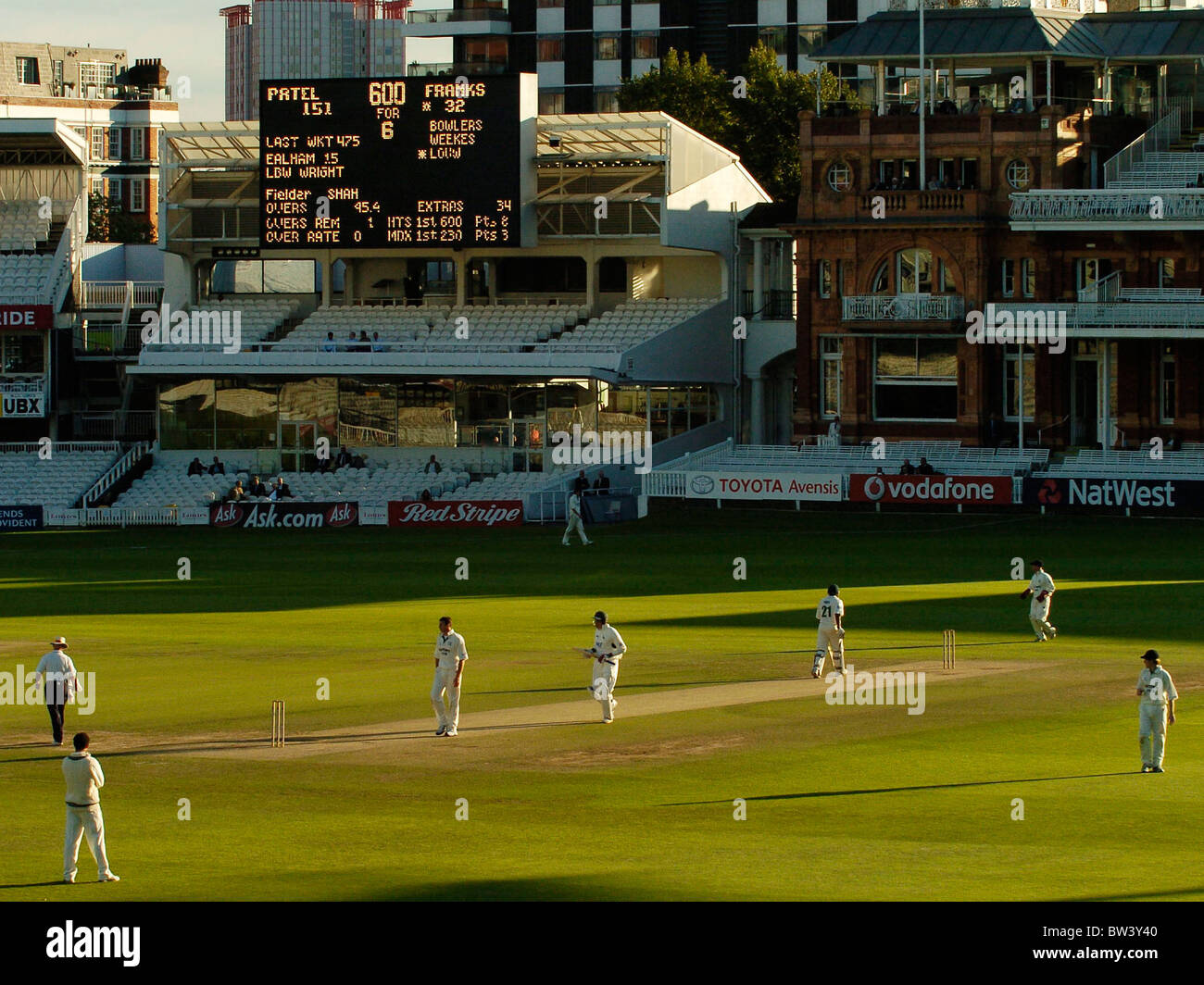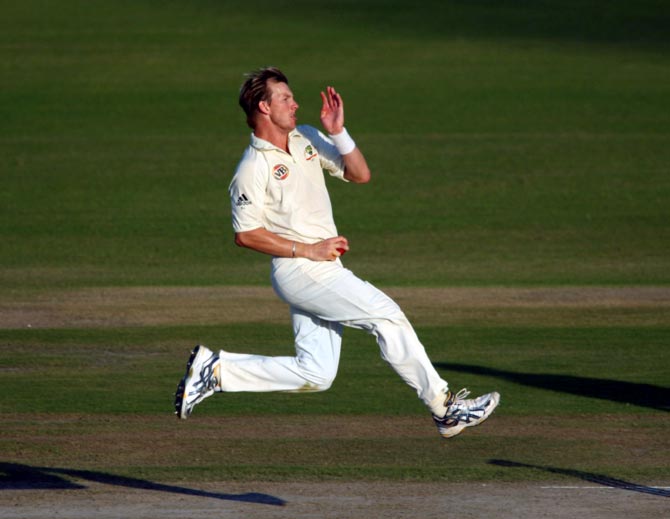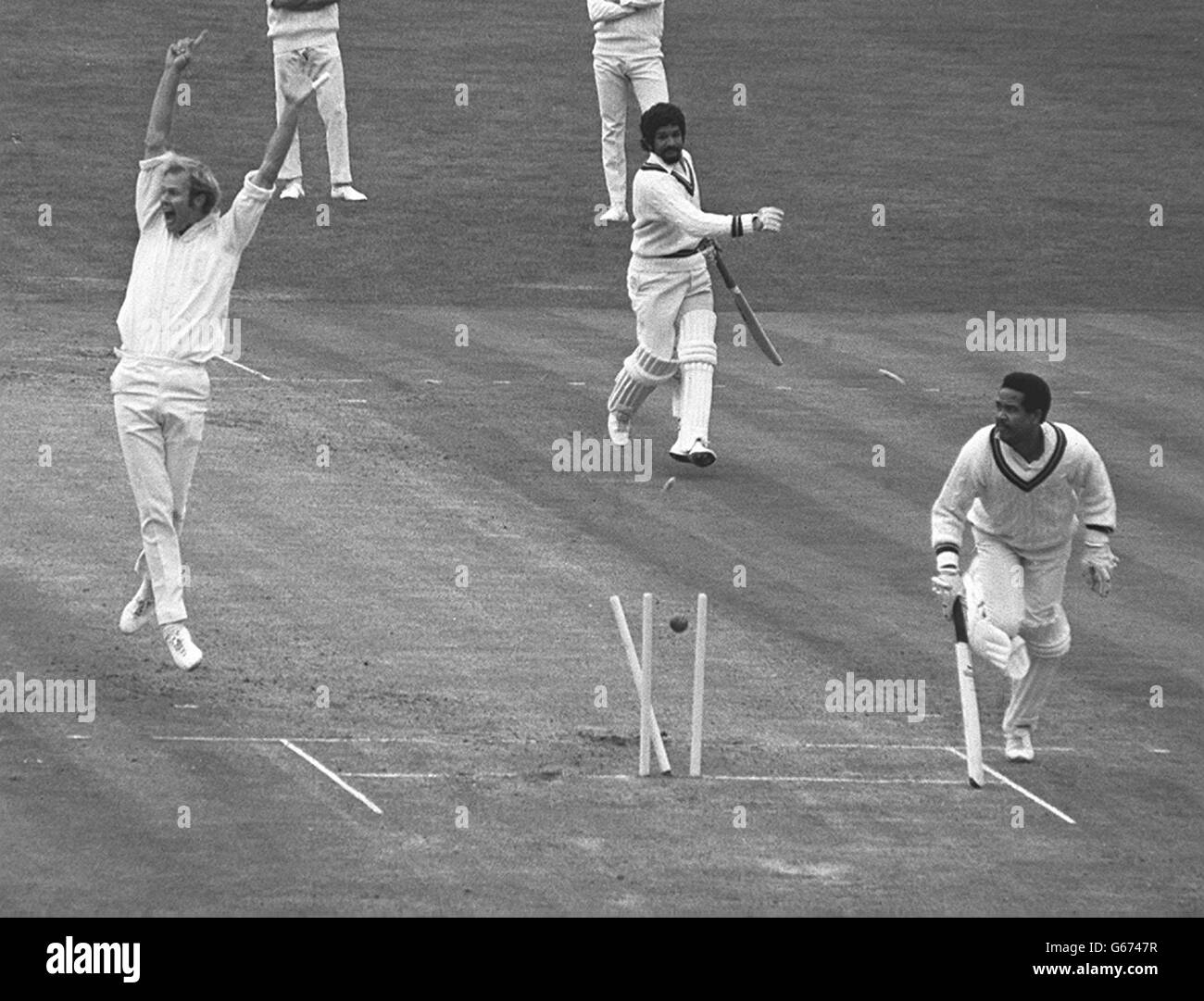
Strike Rate: Runs divided by Balls multiplied by 100.

The higher the batting strike rate, the better the batsman's ability to score runs quickly. Sacrifice their wickets in an attempt to score faster.Ī strike rate represents how many runs, on average, a batsman scores for everyġ00 balls he faces. Large innings, and because the emphasis is more on scoring runs quickly than on not getting out, so batsmen more often Has even come remotely close to equalling his batting ability.īattng averages in one-day internationals tend to be lower than in Test matches, because there is no time to build truly This is Sir Donald Bradman, who played for Australiaįrom 1928 to 1948, and is universally recognised as the greatest cricket player in history. The graph shows one batsman with a Test career average of 99.94. Above 50: An exceptionally good batsman.30 to 40: A player probably selected primarily for batting a good batsman.20 to 30: A player probably selected primarily for bowling, but also a reasonable batsman.10 to 20: A player selected solely or primarily for bowling ability.Under 10: A player selected solely for bowling ability, and very poor at batting.Averages are roughly considered as follows: Test batting averages over a career are mostly between 10 and 40. The graph shows theĭistribution of career batting averages for all Test and one-day international players who have batted at least 20 innings. If a batsman has scored runs but not been dismissed, hisīatting average is technically infinite, but is usually expressed simply as "no batting average". Batting Average: Runs divided by (number of times out) = Runs divided by ( Innings - Not Outs).īatting averages are usually expressed to two decimal places.The higher the batting average, the better the batsman's ability to score runs without getting out. There are also two calculated statistics.Ī batting average represents how many runs, on average, a batsman scoresīefore getting out. Fifties: The number of times the batsman scored 50 to 99 runs in a single innings.Hundreds: The number of times the batsman scored 100 or more runs in a single innings.

( Extra Detail: This has only been recorded sporadically in the 1970s and consistently since the 1980s, so is not known for many older players.) High Score: The highest score achieved in a single innings.Not Outs: The number of not out innings - not including times when the player did not bat.

The statistics accumulated for a batsman are:


 0 kommentar(er)
0 kommentar(er)
